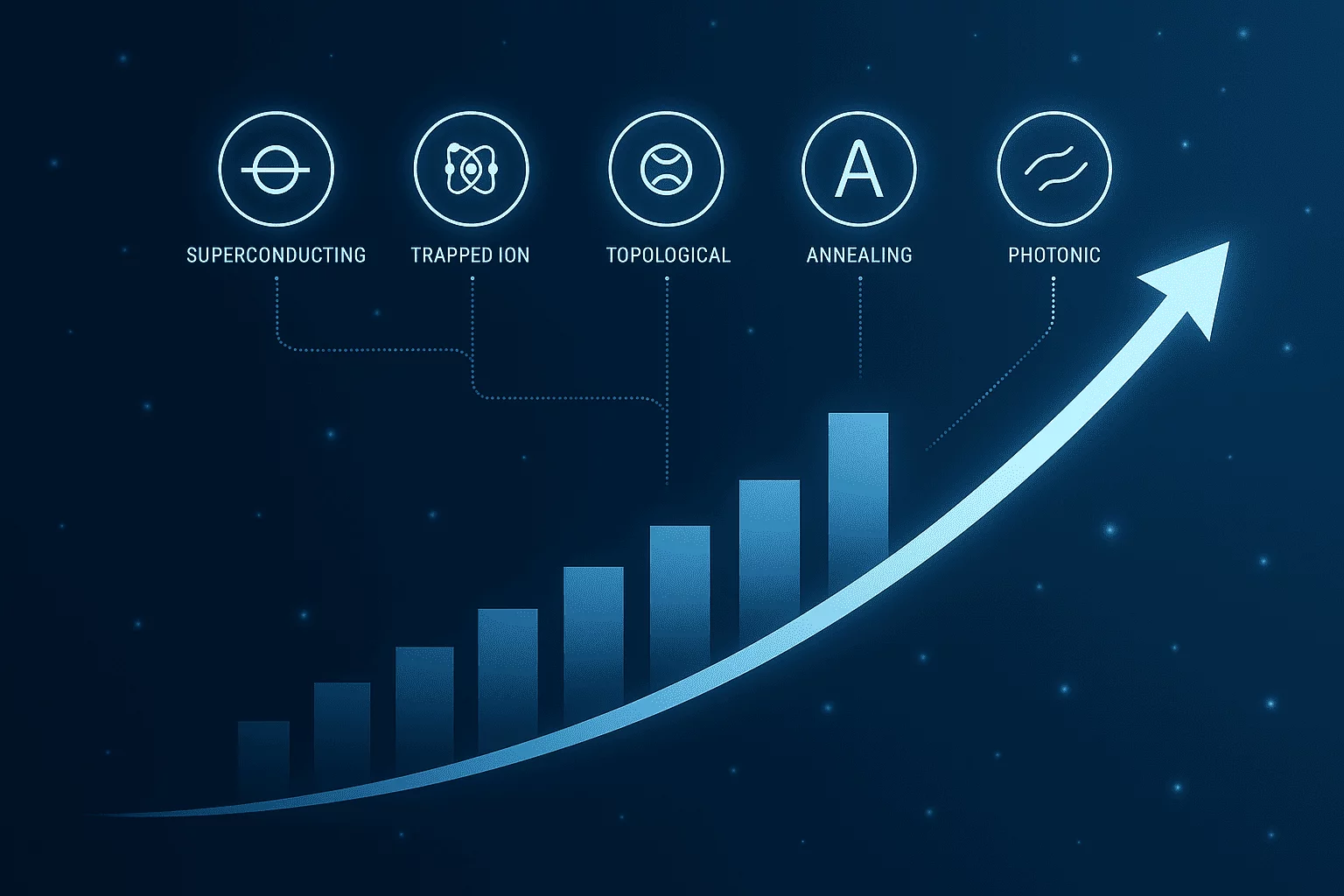The global financial markets, as of June 2025, are experiencing an eerie tranquility. Stocks remain buoyant. Oil prices, though reactive, are not surging wildly. Investors continue to trade with an air of confidence. But beneath this surface-level calm, serious geopolitical tremors are rumbling—ones that threaten to shake not only the foundations of Middle Eastern diplomacy but also global markets and strategic industries. Markets remain unusually calm despite rising Iran Israel conflict. Explore why this calm may be deceptive, and how global risks are growing.
The root of this growing unease is the rapidly escalating conflict between Iran and Israel. After Israel launched coordinated airstrikes deep into Iranian territory—including targeting military installations and nuclear facilities—Iran retaliated with missile attacks on Israeli cities and Houthi-led drone offensives in the Gulf region. The situation has sparked fears of a broader conflict, perhaps involving regional and global powers.
So why do the markets appear unaffected? Is this confidence rooted in genuine risk assessments, or are investors being lulled into a false sense of security? As we explore the numbers, patterns, and strategic insight, including a perspective from global procurement expert Mattias Knutsson, it becomes clear: the calm may be deceptive—and temporary.
The Iran Israel Conflict Market’s Mellow Mood—Why?
When the first Israeli strikes were confirmed on June 9th, 2025, Brent crude surged to $78 per barrel—an 11% rise. But it quickly fell back, stabilizing in the mid-$70s. The S&P 500 dipped briefly before regaining lost ground. European indices followed a similar pattern, and gold saw modest inflows as a haven asset.
So far, so normal—at least on the surface. The reaction was swift, but not sustained.
Why the Complacency?
- Reduced Dependence on Middle East Oil:
- The U.S. is now the world’s largest producer of crude oil, and many developed nations have diversified their supply chains.
- Renewables and strategic petroleum reserves have added resilience.
- Assumption of Limited Escalation:
- Markets seem to believe this is a tit-for-tat localized exchange, unlikely to evolve into a full-scale war.
- Confidence in Central Banks and OPEC:
- There’s faith that OPEC+ can compensate for disruptions.
- Central banks are seen as ready to manage inflation shocks.
But history warns us that wars in the Middle East are rarely contained affairs. The 1973 Oil Embargo, the Iran–Iraq War, and the Gulf Wars all began with similarly underestimated escalations.
Risks That May Be Hiding in Plain Sight
Roughly 30% of all seaborne oil passes through this narrow waterway. If Iran blocks or even threatens to block it, oil prices could soar to over $100/barrel. Lloyd’s has already increased war-risk insurance premiums for tankers by 60%.
The Stagflation Scenario
A $10 spike in oil prices can increase U.S. inflation by ~0.2% and reduce GDP growth by 0.1–0.2 percentage points. With U.S. inflation already hovering around 3.3%, the Fed might delay expected rate cuts.
- The Fed’s June policy statement indicated a more cautious stance.
- The Bank of England similarly held rates, citing inflationary energy risks.
Equity Market Risks
RBC Capital Markets has warned of a potential 20% drop in the S&P 500 if the conflict intensifies. A spike in oil prices, combined with central banks halting cuts, could lead to:
- A collapse in investor sentiment
- Lower consumer spending
- A retreat from high-growth tech and risk assets
Emerging Market Vulnerabilities
India, Indonesia, and other energy-importing nations could face currency depreciation, rising fiscal deficits, and stock market declines.
- India imports ~85% of its oil. Any surge in Brent prices above $80 would hammer its economy.
Iranian and Israeli Civilian Impact
- Israeli airstrikes reportedly killed over 40 Iranian military and nuclear personnel.
- Retaliatory missile strikes on Israeli cities such as Tel Aviv, Haifa, and Bat Yam caused structural damage and over a dozen civilian deaths.
- Emirates and Qatar Airways rerouted all flights to avoid Iranian airspace.
- The Port of Haifa and Iranian southern ports temporarily suspended shipping operations.
These aren’t just military stats—they are disruptions to people’s lives, economic livelihoods, and global logistics.
U.S. or Russian Involvement
Should the U.S. military assets or allies be targeted, direct intervention could trigger NATO-level responses. Even a symbolic attempt would spike oil prices, trigger panic buying, and cause global freight bottlenecks. Internal dissent in Iran—already simmering—could lead to decreased oil output or worse, a change in strategic posture.
What Strategic Leaders See
Mattias Knutsson, a global procurement and business development expert, offers this nuanced observation:
“This conflict isn’t just geopolitical—it’s structural. Every modern supply chain touches the Gulf. If you don’t build in contingency, redundancy, and flexibility now, your business risks collapse when the next missile lands.”
His words resonate deeply with corporations rethinking risk management. Insurance premiums, route planning, and even ESG reports are now considering geopolitical risk as standard—not optional.
Conclusion:
Markets today might look calm, but this calm is potentially a mirage. History shows us that major market disruptions often come when complacency is highest. The Iran–Israel conflict is dynamic, volatile, and capable of unleashing ripple effects across oil, shipping, investment, and even daily consumer prices.
Central banks cannot cushion every blow. Supply chains can’t reroute overnight. And civilians—caught between political decisions and ballistic missiles—pay the highest price.
Investors must hedge. Policymakers must prepare. And citizens around the globe must remain aware: this is more than a headline. It’s the potential pivot point of the decade.





